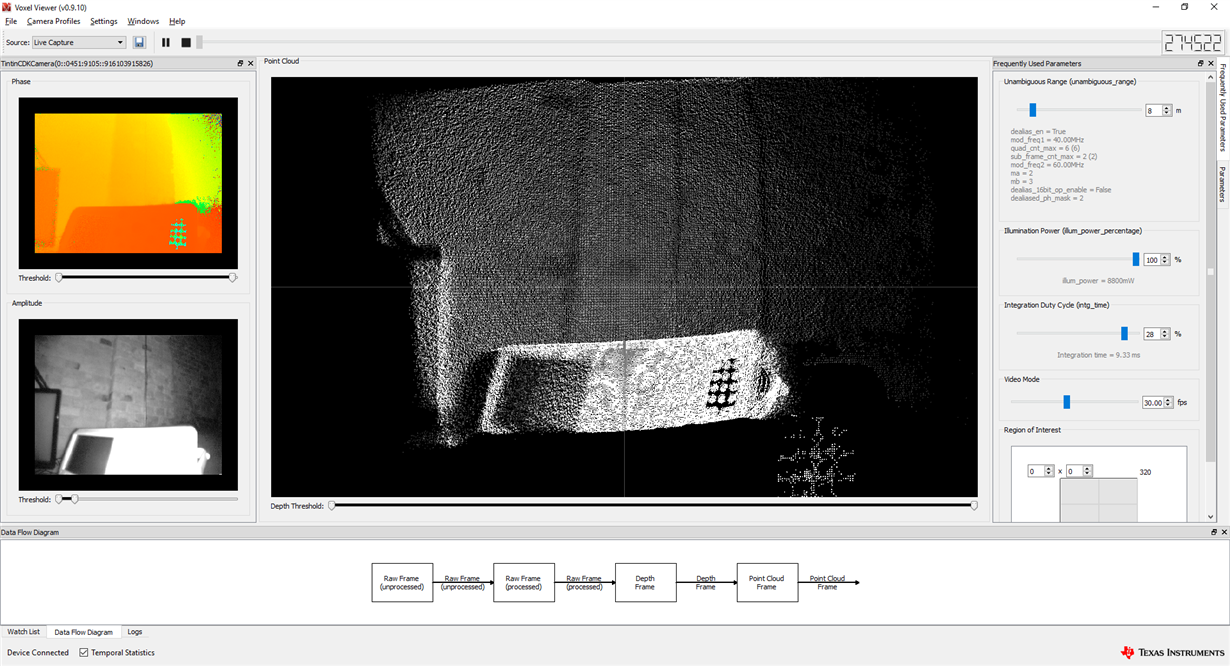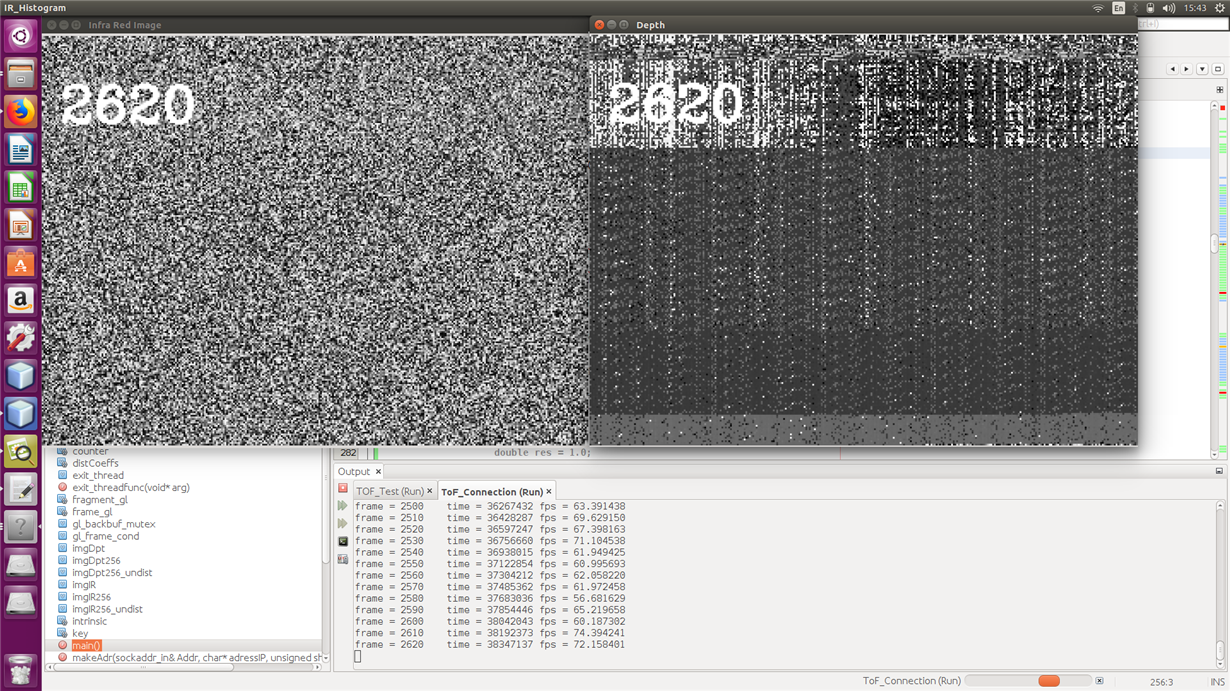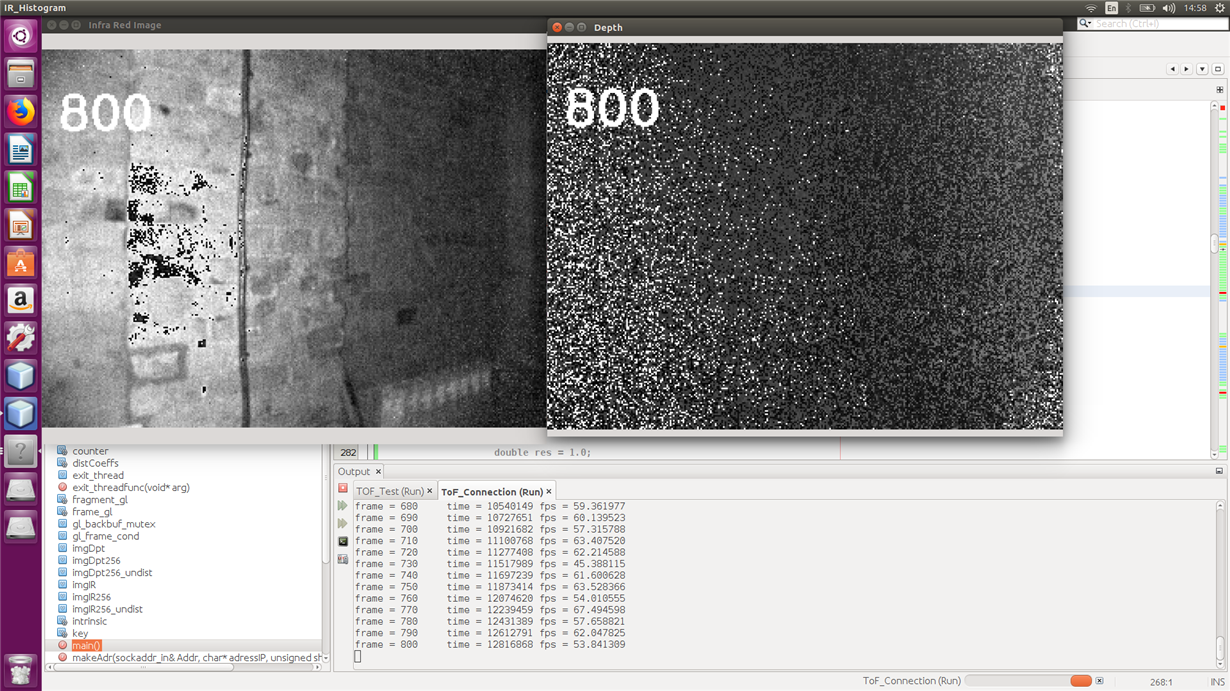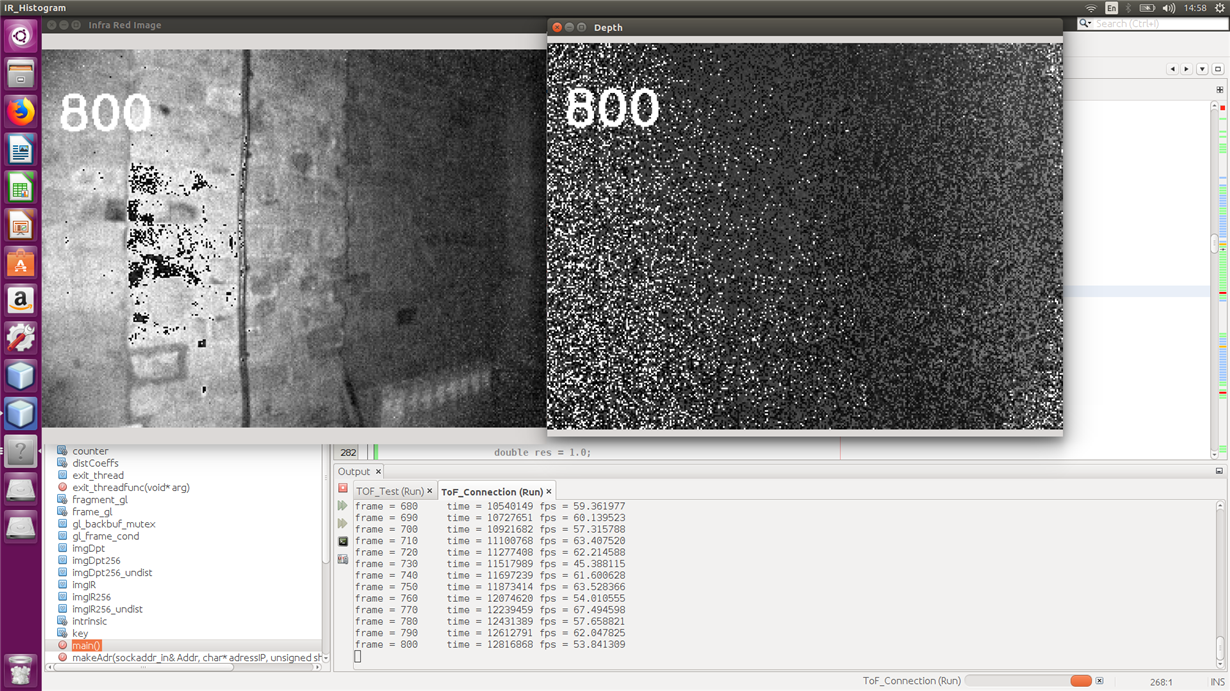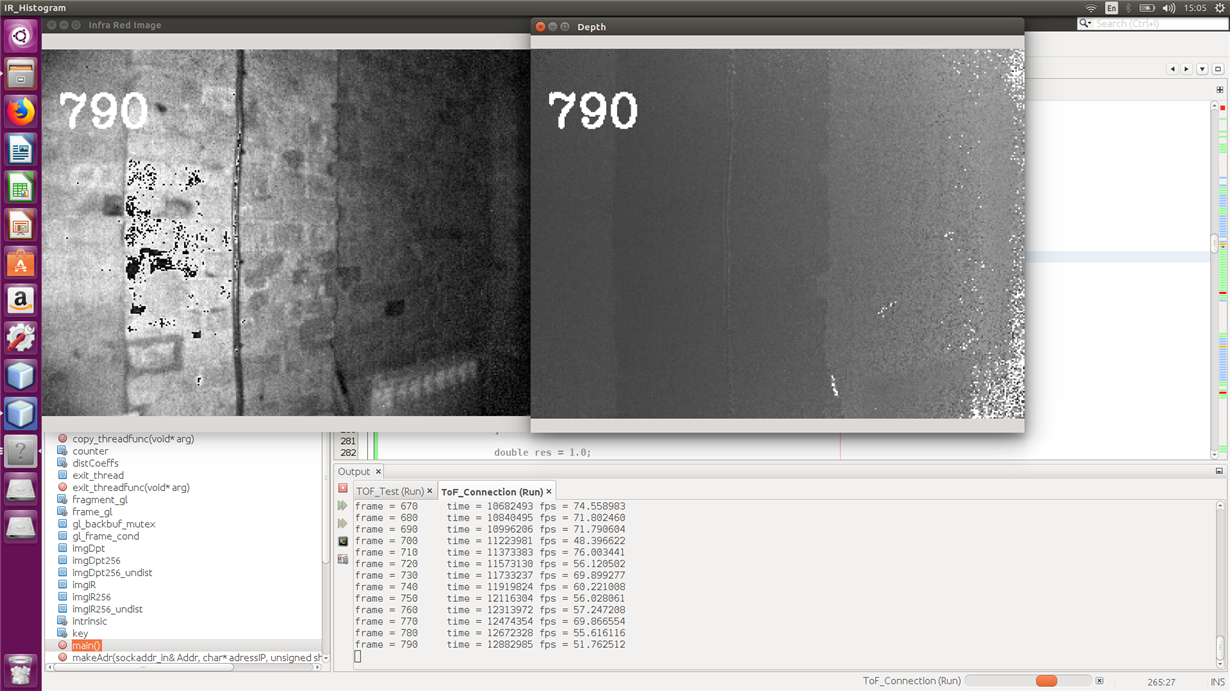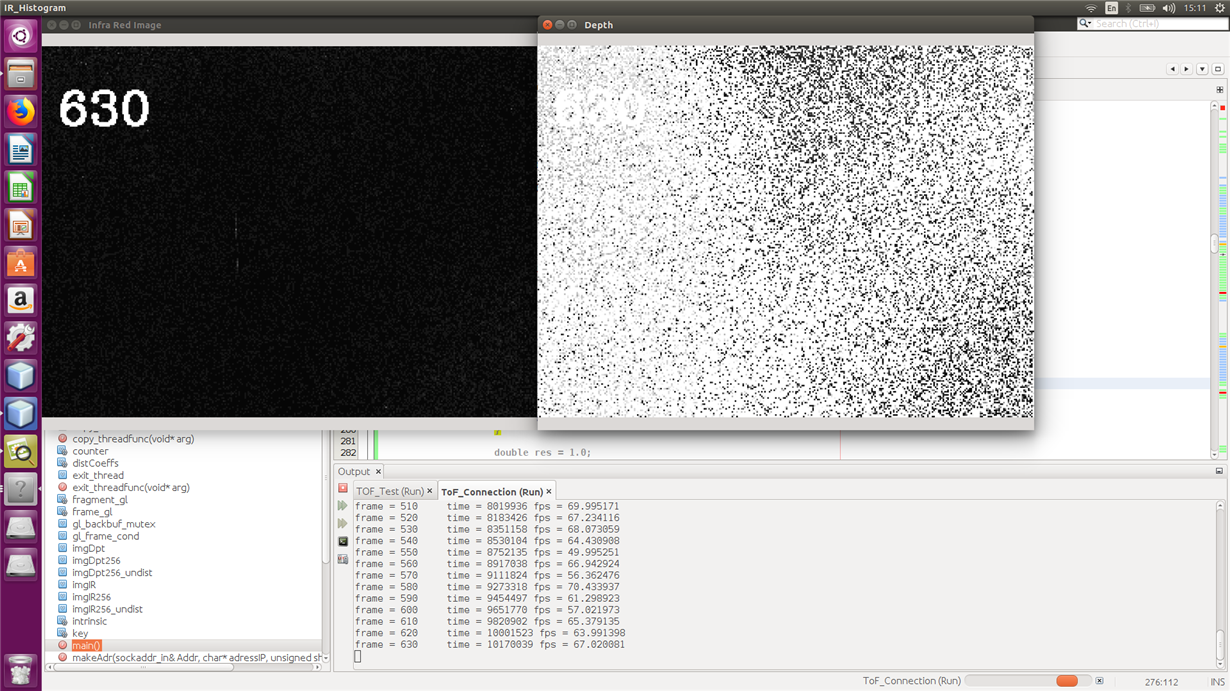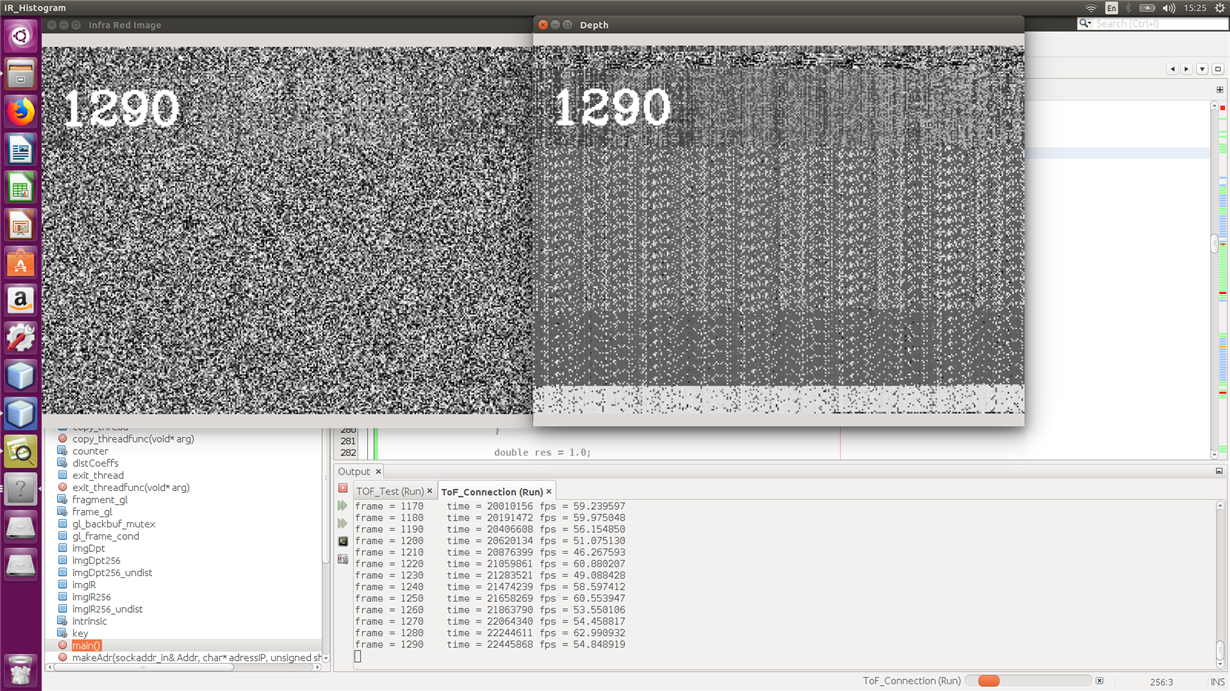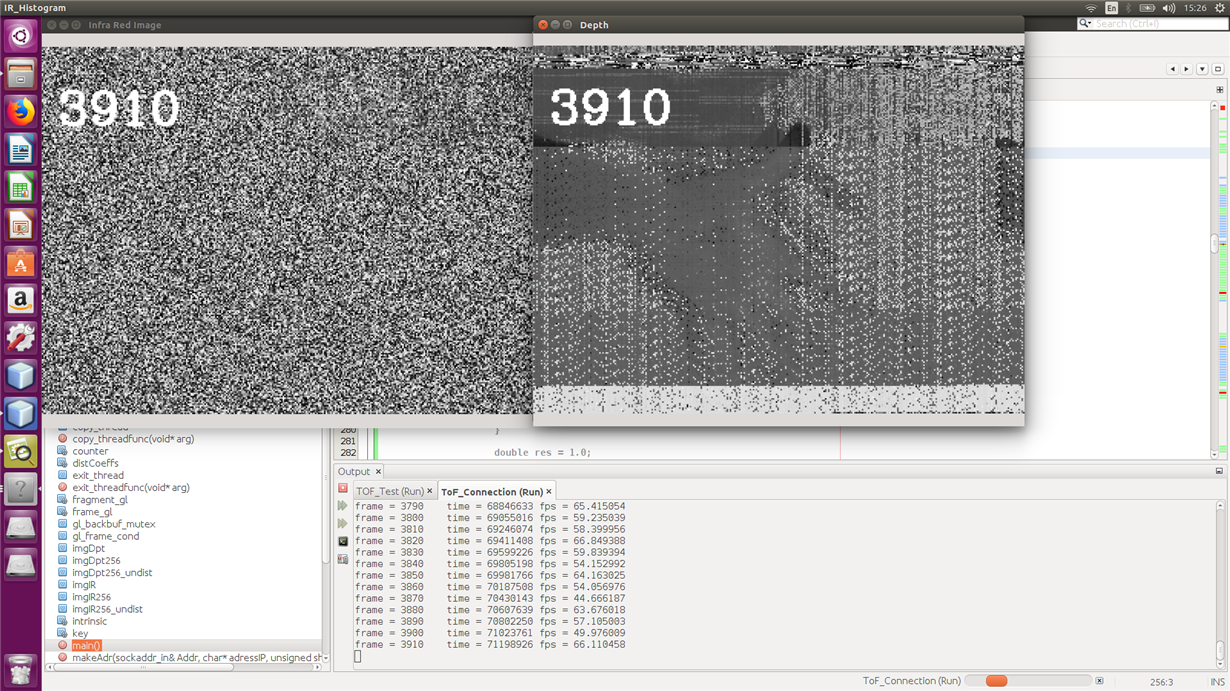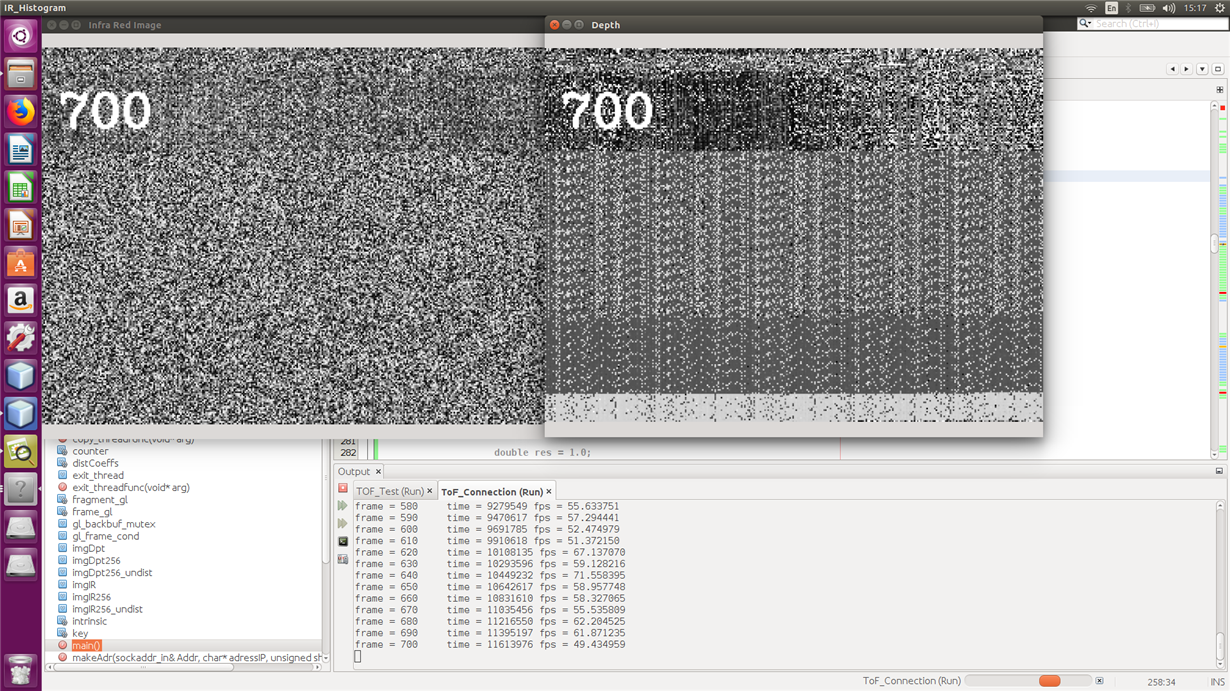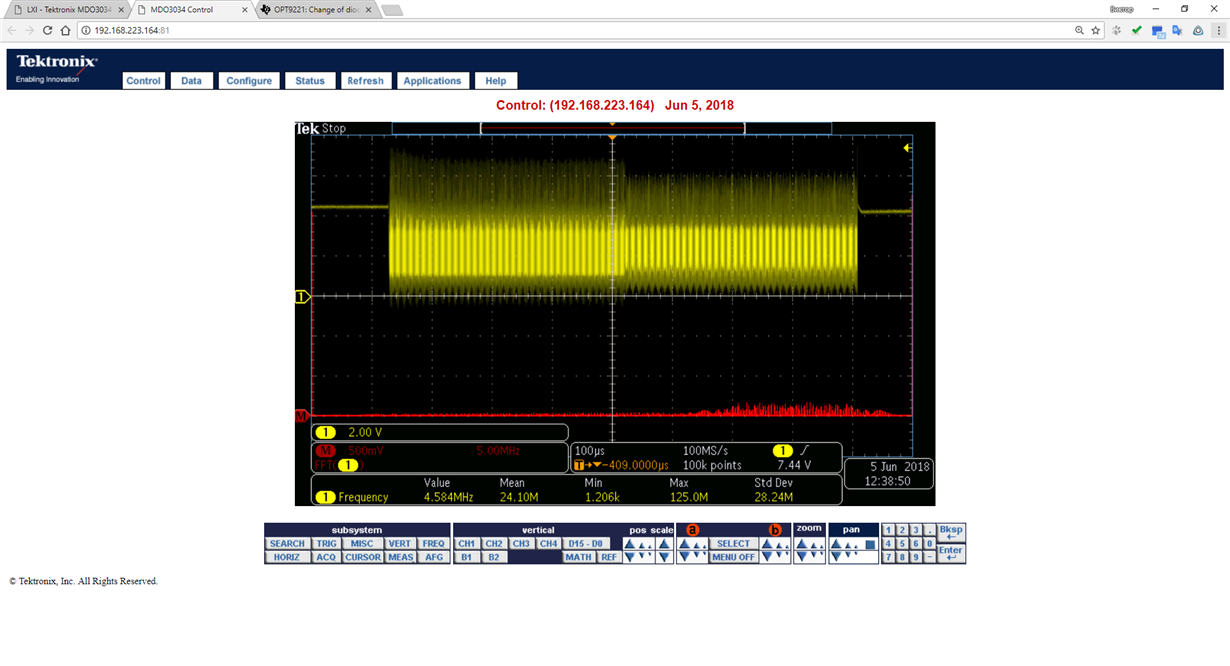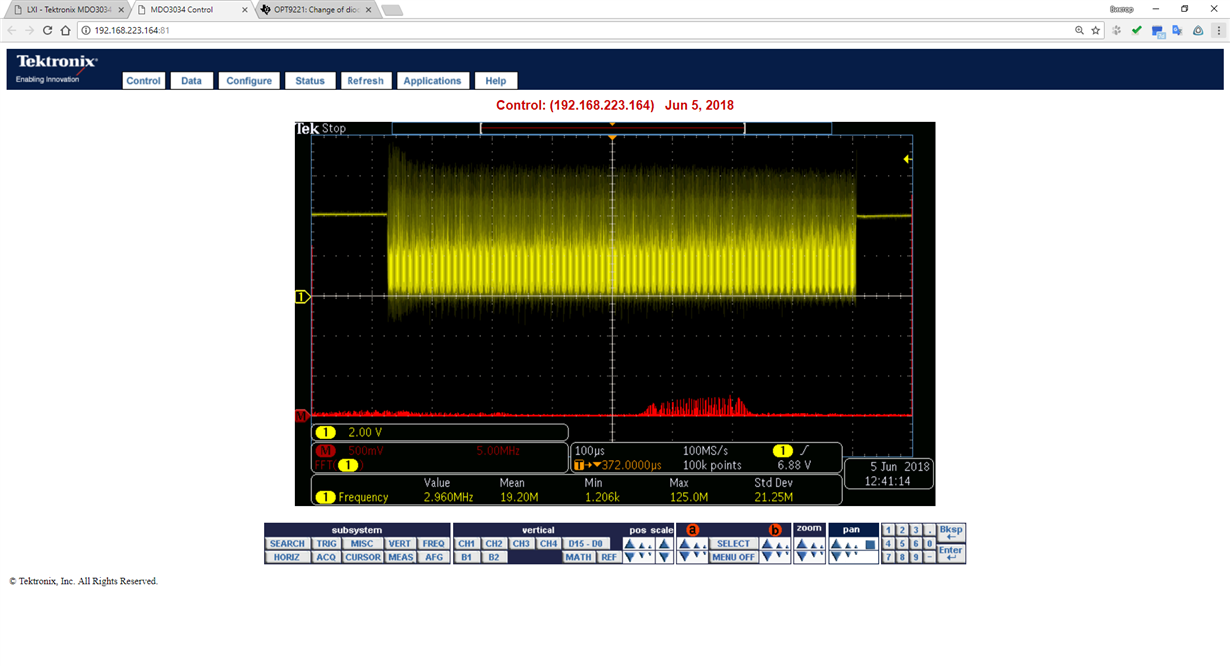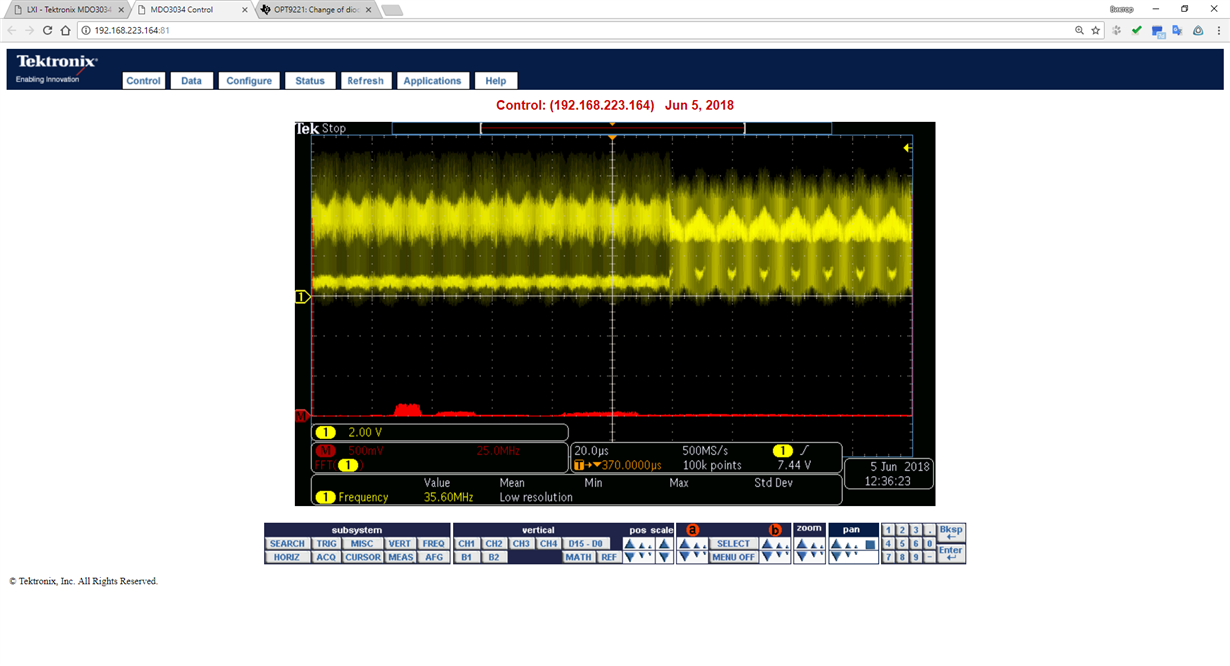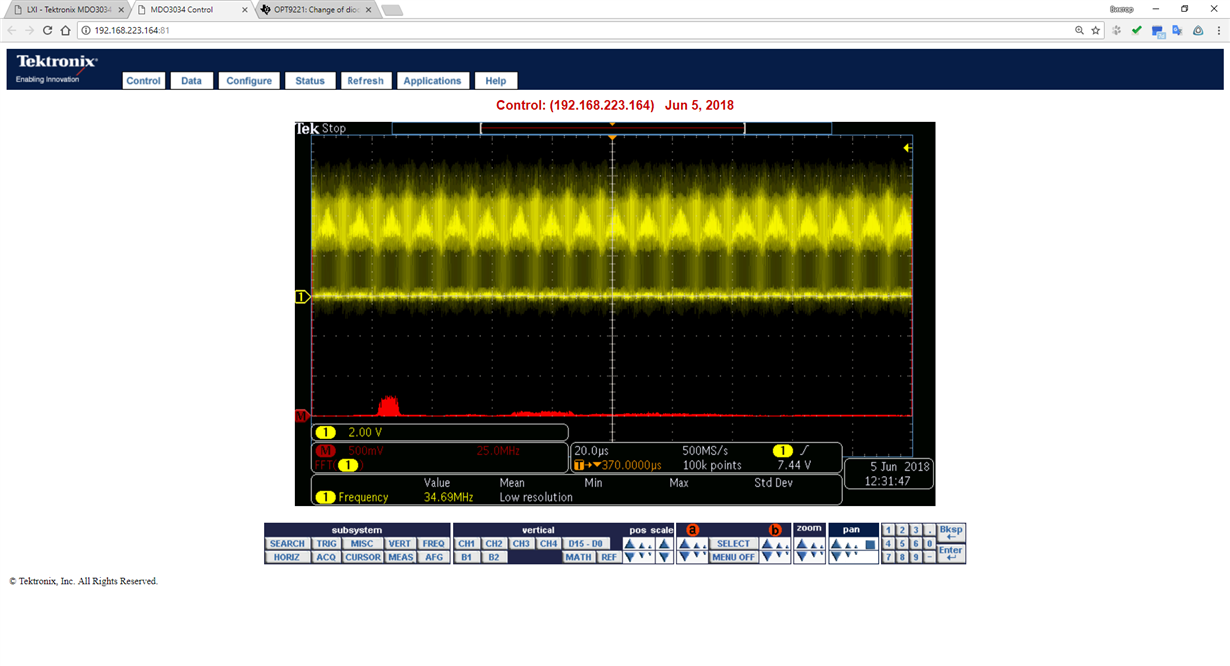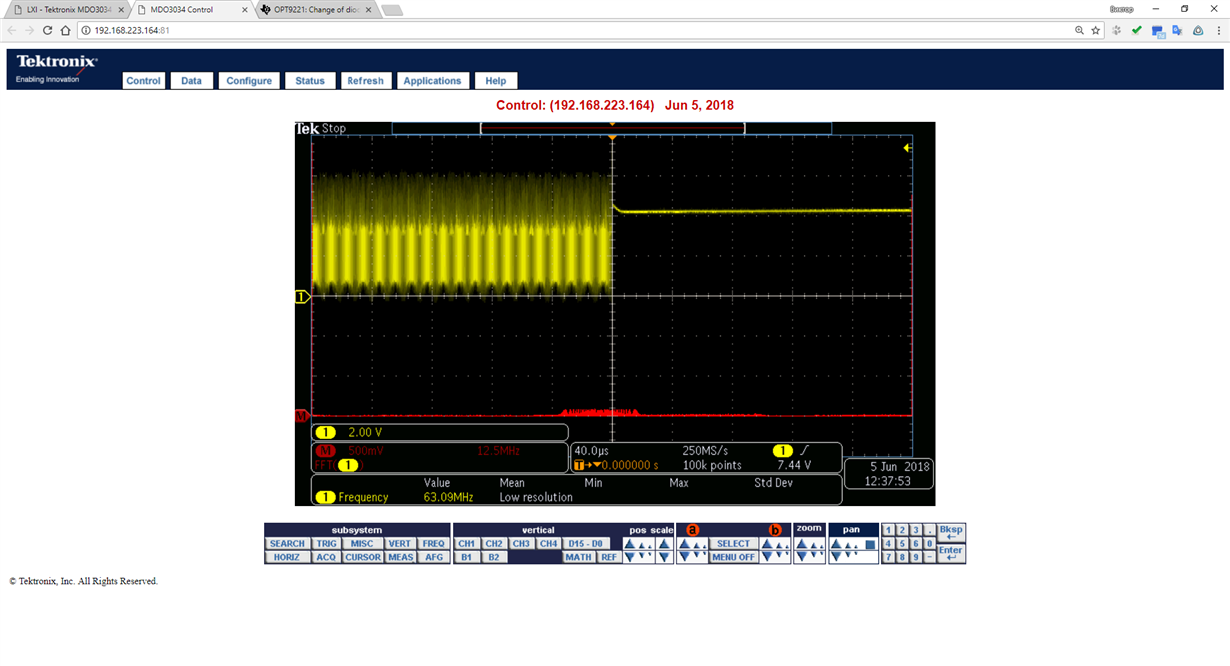Other Parts Discussed in Thread: INA226, OPT8241
Hello Ti,
We copy the disign of Quad Laser module from cdk-emv8241, but now we have proplem with power adjustment of laser diodes. Can you please write step by step instruction how we correctly can run it. Now it is look like we got pictire from OPT9221, but power not enough for long-range application. We try to change 0x5401 register of TPL0102, but it's looked like nothing changed.


